Navigating traffic laws can often feel complex and overwhelming, especially when laws are updated or clarified. One rule that impacts drivers every day across Maryland, whether in busy Baltimore, scenic Annapolis, historic Frederick, or the suburban communities of Montgomery County, is the “right turn on red.” As of 2025, this rule remains a central part of Maryland’s transportation code, but recent legislative focus and growing public conversation, particularly in light of changes in nearby cities like Washington, D.C., make it more important than ever for drivers to fully understand what’s allowed, what’s not, and why these rules matter.
This guide unpacks Maryland’s 2025 right-turn-on-red laws, offering clear explanations with real-world city examples, the latest statistics, public safety concerns, and tips for safe driving. Whether you’re commuting in Silver Spring, crossing intersections in Rockville, or taking road trips through Ocean City, understanding these traffic updates is essential for any Maryland driver.
The Foundation of Right Turn on Red in Maryland
Core Rule: Stop, Then Turn
In Maryland, drivers are generally allowed to turn right at a red traffic signal after coming to a complete stop. This rule is designed to both maintain traffic flow and prioritize safety at intersections.
Here’s what every driver must do:
-
Come to a full stop at the marked stop line.
-
If there’s no stop line, stop before entering the crosswalk.
-
If there’s no crosswalk, stop before entering the intersection.
After stopping, proceed to turn right only if there’s no oncoming traffic, pedestrians, or cyclists in your path. The safety responsibility always falls on the turning driver.
Where the Rule Applies
The right-turn-on-red rule applies to intersections across Maryland, from city corridors like Baltimore’s Pratt Street to suburban arteries in Columbia and rural junctions near Hagerstown. However, local modifications, based on city or county decisions, can alter the rule at specific intersections by installing “No Turn on Red” signs.
When Is Right Turn on Red Not Allowed?
Explicit “No Turn on Red” Signs
If you see a sign stating “No Turn on Red,” you must obey it, regardless of the absence of other vehicles or pedestrians. These signs are common in densely populated or high-risk pedestrian zones such as:
-
Downtown Bethesda’s commercial intersections
-
Central Annapolis near the State House
-
High-traffic crossings in Frederick’s historic district
-
School zones in Gaithersburg and Towson
Presence of Pedestrians and Cyclists
Turning vehicles must always yield to pedestrians and cyclists in the crosswalk. In places like College Park, where student foot traffic is high, or Baltimore’s Inner Harbor, where tourism is constant, this aspect of the law plays a critical role in pedestrian safety. State law mandates waiting until all pedestrians have cleared the intersection.
Red Arrow Light
A red arrow, rather than a circular red signal, means no right turn is permitted until the arrow turns green—even if rules would otherwise allow it.
Special Considerations for Different Maryland Cities
Baltimore
As Maryland’s largest city, Baltimore features a mix of wide boulevards and historic streets, leading to diverse intersection designs and traffic control devices. Downtown areas and neighborhoods like Fells Point often have customized signage to address unique local conditions, including designated no-turn-on-red zones to protect heavy pedestrian flows.
Montgomery County
Montgomery County, with cities like Rockville, Silver Spring, and Germantown, is home to major commercial and governmental facilities, as well as large residential zones. The county has invested in improved signage and pedestrian-focused infrastructure, especially near metro stations and schools, sometimes restricting right turns on red to reduce crash risk.
Annapolis
The state capital, with its colonial street layout and high visitation, frequently posts “No Turn on Red” signs in the central business district. Narrow intersections and multiple pedestrian crossings require extra vigilance from drivers.
Ocean City
Ocean City’s tourist-driven traffic, especially on Coastal Highway, can generate congestion. Intersections near the boardwalk and amusement areas often have extra restrictions for right turns on red during peak seasons.
Key Stats and Maryland Traffic Safety Trends
Traffic Accident Data
-
In 2024, Maryland recorded more than 110,000 motor vehicle crashes, with intersections accounting for about one-third of all incidents.
-
Right-turn-on-red-related accidents, while a small portion of total crashes, most commonly involve pedestrian or cyclist injuries.
-
Baltimore, Silver Spring, and Towson have all reported increased pedestrian-involved collisions at signalized intersections, which is driving local reconsideration of red-light turn zones.
Enforcement and Penalties
-
Failing to stop completely before a right turn on red can lead to traffic citations, with fines often exceeding $90, plus points on one’s driving record.
-
In cities like Baltimore and Gaithersburg, red light cameras have become a fixture, capturing violations automatically.
-
Maryland’s 2025 update strengthened enforcement, prioritizing work zones, school zones, and urban centers for increased monitoring.
National and Regional Context
While Maryland has not altered its core right-turn-on-red law for 2025, recent developments in Washington, D.C., are relevant. Starting in 2025, D.C. has prohibited right turns on red at almost all intersections, reflecting a rising concern for pedestrian vulnerability.
Comparatively, New York City and parts of California also implement similar bans or severe restrictions, especially in pedestrian-dense areas. These trends put additional scrutiny on Maryland’s approach, particularly for drivers used to commuting or traveling across state lines around the D.C. metropolitan area.
The Legislative Debate in Maryland
With pedestrian deaths increasing nationwide, Maryland lawmakers have faced calls from advocacy groups, particularly in the Baltimore-Washington corridor, to restrict or ban right turns on red in specific areas. Leading proposals focus on zones with:
-
High pedestrian densities
-
Proximity to schools
-
Downtown commercial districts
So far, the 2025 legislative session has not resulted in a statewide ban, but local authorities retain the right to make intersection-specific changes. The Maryland Department of Transportation (MDOT) continues to monitor traffic safety data and evaluate policy effectiveness city by city.
Tips for Safely Making a Right Turn on Red
Step-by-Step Guide
-
Stop Completely: Always halt at the marked line, crosswalk, or before the intersection.
-
Check for Signs: Scan for “No Turn on Red” signs or red arrows, which override the default allowance.
-
Yield to Pedestrians and Cyclists: Look both ways—being especially aware of children, disabled individuals, and others who may move more slowly.
-
Yield to Vehicles: Ensure traffic from the left or U-turning vehicles have cleared before proceeding.
-
Enter Safely: Make the turn into the rightmost lane, not crossing directly into other lanes.
-
Increase Vigilance at Night and During Poor Weather: Reduced visibility increases the risk of missing pedestrians or signage.
City-Specific Reminders
-
In Baltimore and Annapolis, increased police presence at major intersections means higher likelihood of enforcement.
-
Rockville and Frederick often use flashing signals and illuminated signage, so be alert for lighting that may indicate unique intersection rules.
-
In Ocean City, expect heightened enforcement during summer months when pedestrian density surges.
Right Turn on Red and Vulnerable Road Users
Pedestrian Safety
Maryland’s Vision Zero safety initiative, adopted in major cities such as Baltimore and Bethesda, includes a special focus on right-turn dangers. Research shows that intersections with heavy right-turn traffic correlate with higher pedestrian and cyclist injury rates, prompting public health campaigns and community education efforts.
School Zones
School districts in Prince George’s and Howard Counties frequently lobby for extended no-turn-on-red timings during arrival and dismissal hours, resulting in seasonal or time-based rules. Drivers passing through these areas should always check for digital signs and school crossing guards.
Public Opinion and Next Steps
Community Responses
Surveys conducted in 2024 by the Maryland Highway Safety Office indicate mixed attitudes toward right-turn-on-red:
-
Suburban and rural residents generally favor keeping the rule, citing convenience and reduced travel time.
-
Urban residents and pedestrian safety advocates push for tighter restrictions due to safety concerns.
-
Local government meetings in Bethesda and Silver Spring have seen increased public comment on the issue, reflecting a growing civic engagement.
What to Expect in Coming Years
With D.C.’s sweeping ban now in effect and similar proposals emerging in cities nationwide, Maryland may see additional legislative reviews in response to incident data and constituent feedback. Local pilot programs, especially in downtown corridors of Baltimore and Annapolis, may serve as models for broader policy shifts in the future.
Frequently Asked Questions
Can you turn right on red across all of Maryland?
Generally, yes, except where posted otherwise. However, each city or county may adopt stricter rules at specific intersections.
What about making a left turn on red?
Maryland allows left turns on red—but only from a one-way street onto another one-way street. This is common in parts of Baltimore and Silver Spring but always look for signage to confirm the rule at any given intersection.
Are there any statistics on the effectiveness of right-turn-on-red laws?
Studies from Maryland State Highway Administration show that intersection flow is improved, but safety trade-offs, particularly for pedestrians and cyclists, persist. In 2024, intersection-related injuries accounted for roughly 30% of all traffic-related hospitalizations in the state.
Does the rule differ during special events or holidays?
Many urban jurisdictions temporarily change intersection rules for parades, festivals, or during high-traffic holidays to enhance pedestrian safety. For example, Ocean City restricts right turns on red during its annual Beachfest due to high foot traffic.
Final Thoughts: Safe Driving in 2025 and Beyond
Staying informed about Maryland’s traffic laws, especially with increased scrutiny on right-turn-on-red rules in 2025, is an essential responsibility for all drivers. With city-specific differences, evolving enforcement technologies, and changing public attitudes, knowledge of the law is only the starting point—active awareness and consideration for other road users matter just as much.
Whether you’re beginning your commute in Bethesda, picking up family in Columbia, or just cruising down the streets of Elkton, always stop completely, look carefully, respect posted signs, and never put speed above safety. Maryland’s roads are shared by everyone—drivers, cyclists, and pedestrians alike. With a clear understanding of 2025’s right-turn-on-red rules and a commitment to safe and courteous driving, we can all help make Maryland’s streets safer for every community.
Additional Resources
For further information or updates on the right-turn-on-red law and other 2025 traffic regulations, drivers can consult the Maryland Department of Transportation website or their city’s local traffic safety office. Regularly checking for updates helps ensure every trip is a safe trip, no matter where your journey begins or ends.

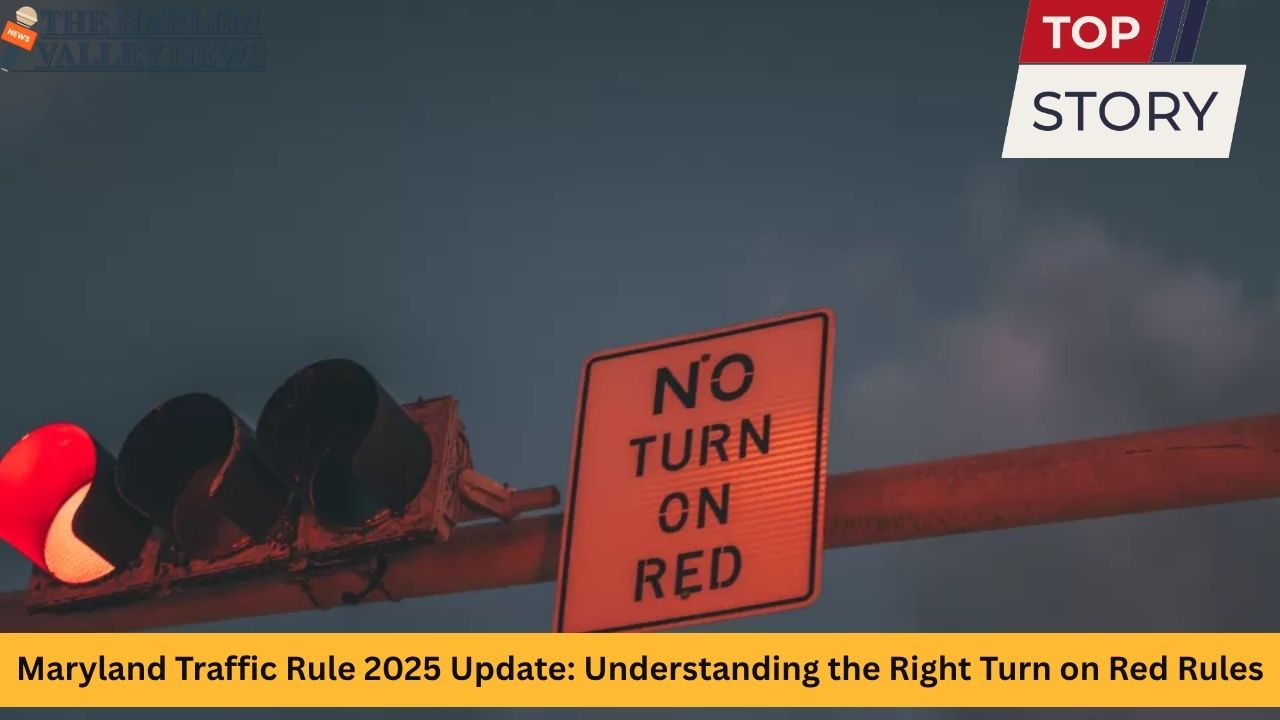
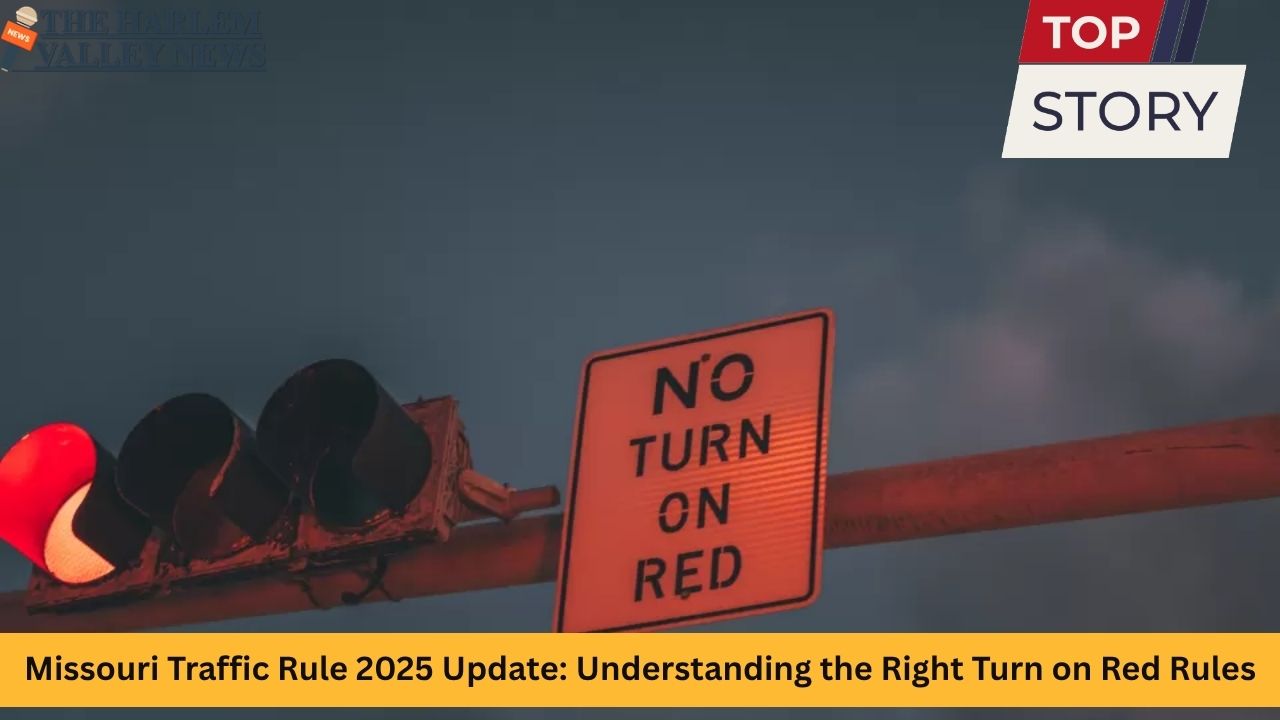

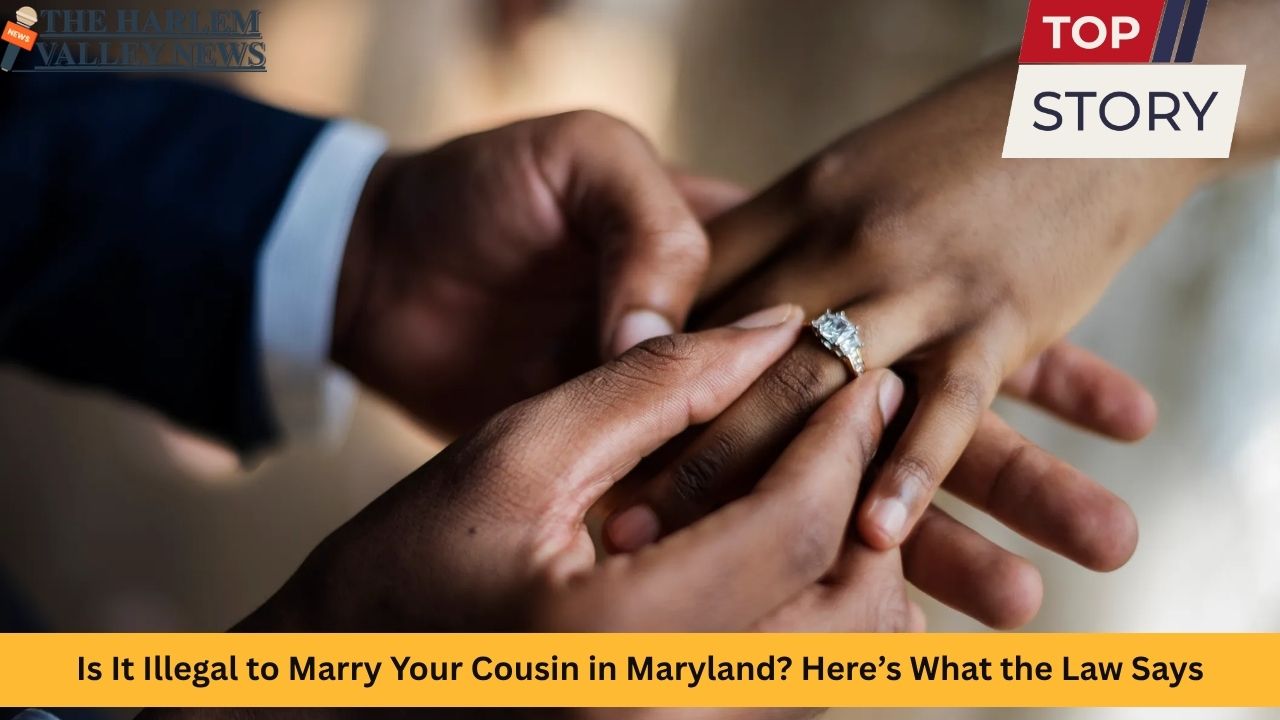

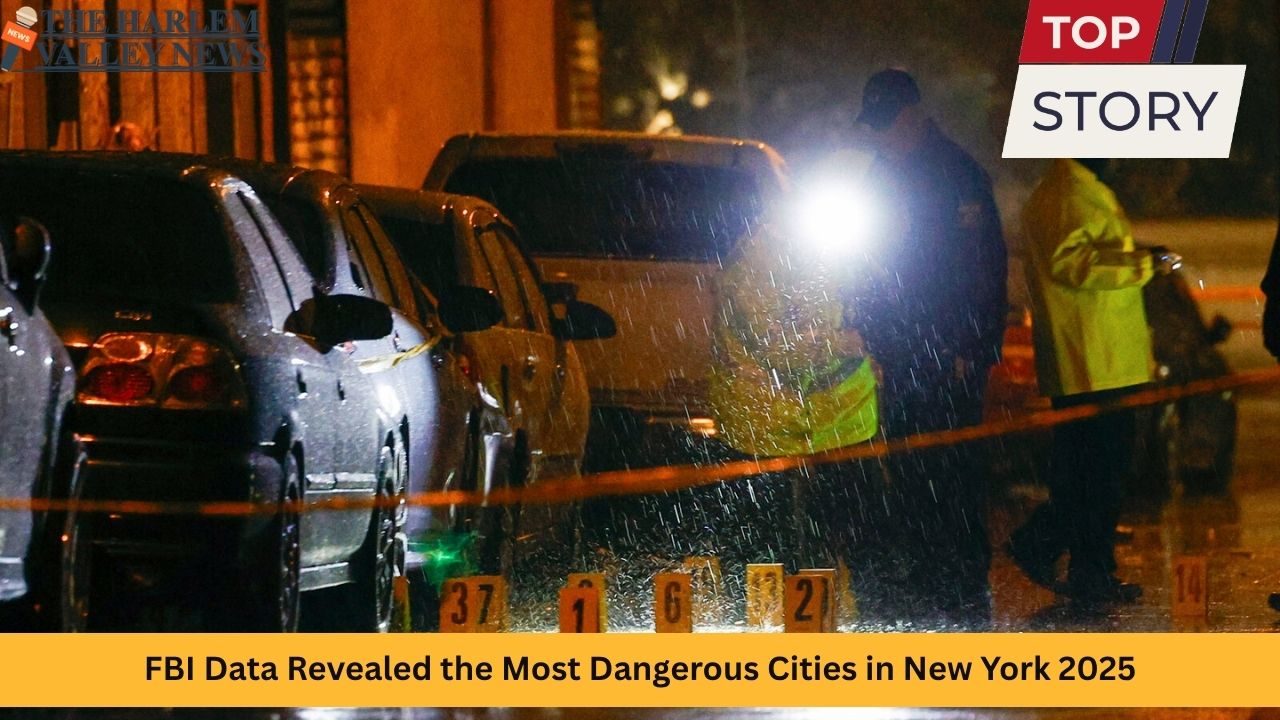


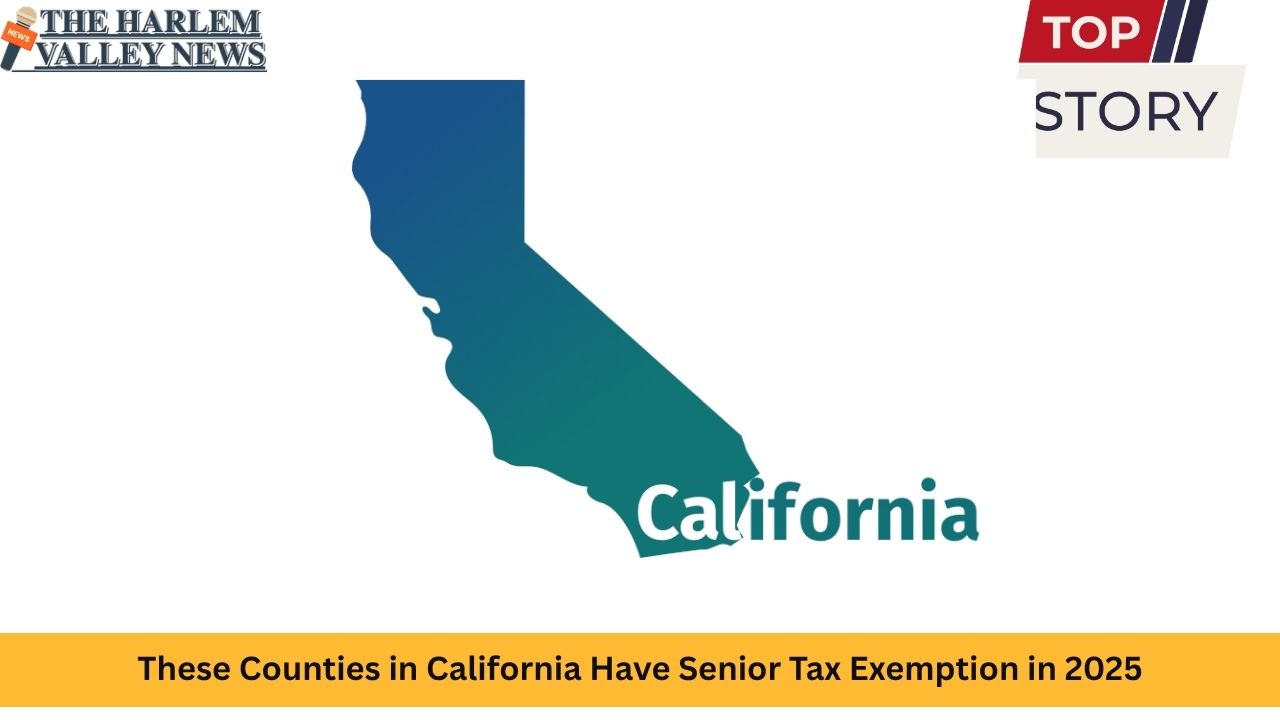

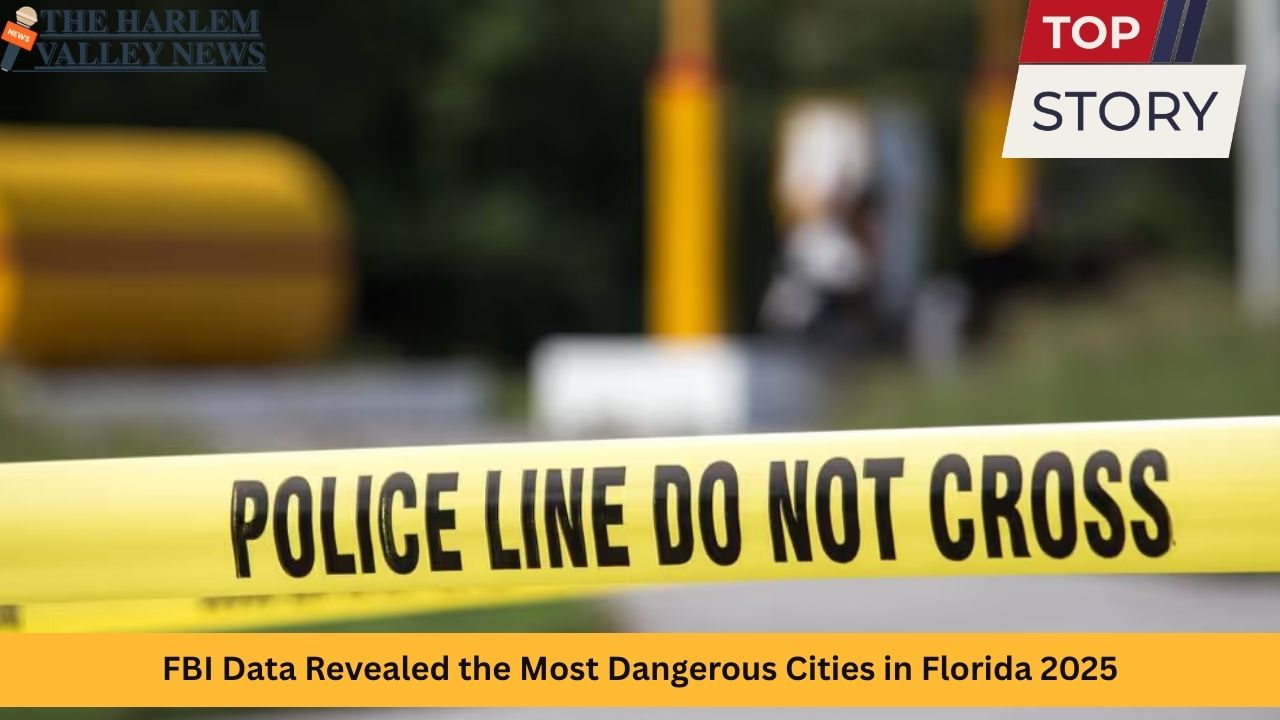
Leave a Reply